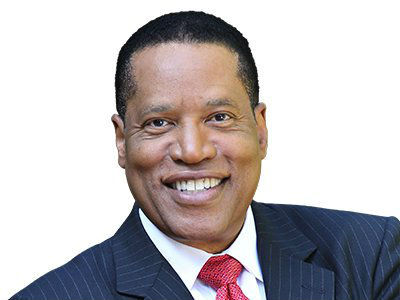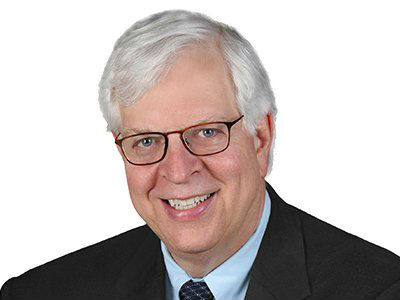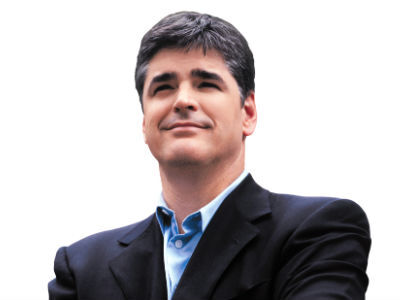How dogs' diets look around the world
Pets

Audio By Carbonatix
By Colleen Kilday, Stacker

How dogs' diets look around the world
Food is at the heart of the bond between dogs and humans. Between 27,000 and 40,000 years ago, researchers believe cavemen likely offered excess scraps of meat to docile wolves, which played a role in the domestication of wolves. In 2022, Americans spent $58.1 billion on pet food and treats to feed their descendants.
Using research studies, news articles, and historical resources, Ollie explored what dogs eat today worldwide. If the pet food industry is any indication, the human-canine bond is as strong as ever.
Diets of dogs evolved over time
The dog's closest ancestor—a now-extinct gray wolf—survived on a largely carnivorous diet. However, over time, modern dogs developed the gene for amylase, the protein that assists in starch digestion. This adaptation stemmed from the shift from human hunting behaviors from predominantly hunting to agriculture, enabling dogs to adopt omnivorous diets.
Another major evolution in dog dietary patterns happened in 1860 when American electrician James Spratt mixed grains, vegetables, beetroot, and gelatin to make the first commercialized dog food. Before then, dogs relied on scraps from their owner's tables. Since then, the industry has continued to innovate—and diversify—across the globe.
Dogs' diets vary depending on the location due to preference and cost
North Americans have embraced the humanization of pets—or treating them more like equal household members. North Americans spend the most money on their dogs' meals globally and comprise 47% of the total dog food market, according to Hypercube Insights
Dog owners in North America are also more likely to select a grain-free dog food, according to a survey that compared the United States, Canada, France, the U.K., and Germany. Nearly 40% of available dry kibble in the United States is grain-free—even though most dogs do not have grain sensitivities. This specialized diet has been linked to taurine deficiencies, which may induce dilated cardiomyopathy (weakening of the heart's muscles).
The European dog food market comprises a quarter of the global market share. According to the Hypercube report, many European pet owners decide on their purchase based on the health claims of the dog food, the breed, and the age of their pets.
A 2021 Statista survey of more than 7,500 pet owners in Europe found that those who practiced a restricted diet, such as veganism, were more likely to feed their dogs the same type of diet. Thirty-four percent of European vegans feed their dogs a plant-based diet compared to 9% of those with a standard diet.
Buying dog food is less common in the Asia-Pacific region
In the Asia-Pacific region, which constitutes 15% of the global dog food market, preferences vary widely depending on the country. Per capita, the region spends the least on dog food globally, as most pets there do not eat commercialized food.
According to Euromonitor International, most countries in the Asia-Pacific region either feed their dogs table scraps or leave them to scavenge outside. This could be due to both cultural as well as financial reasons, as 58% of pet owners in Southeast Asia are reportedly under the $20,000 income bracket. This trend is slowly changing as pet food industries, especially in South Korea, have engaged in marketing campaigns to convince families of their brand's quality and better value for money.
Cost is not the primary driver for every country in the region, however. Hong Kong residents, who were most likely to purchase premium dog food, spent the most per person on pet food out of the region. Meanwhile, Japanese consumers gravitate towards senior-targeted and health-conscious pet foods due to the country's aging pet population. More than half of Japan's dog population is senior-aged, according to a 2019 estimate provided to Petfood Industry by Yoshio Koshimura, honorary chairman of Japan Pet Food Association and ex-president of pet food manufacturer Hills-Colgate Japan.
Commercialized pet food in South American and African countries is also rare, but it's growing
South American pet owners are also heavily driven by cost due to economic conditions. The continent's total global market share is 14%. Premium food is still a small segment of the total market. However, it is growing as consumers become more health-conscious and companies formulate relatively affordable versions of their high-end nutritious and natural dog food blends, according to a presentation by Euromonitor and Reading Bakery Systems at Foro Mascotas, a June 2023 Latin American pet food industry event.
Despite a population more than triple that of South America, Africa only has 2% of the global market share, according to a report on the African pet food market by Hypercube Insights. In Africa, pet owners still prefer to give their pets home-cooked meals.
Driven by the lack of a steady and reliable supply of quality raw materials, pet food manufacturers in the region have difficulty maintaining the quality of their products. When they are able to produce, distributing these pet foods can also pose a problem given the region's vast rural population and the prevalence of informal trading. However, Africa is the fastest urbanizing region in the world at 37%, and its spending is projected to reach $2.5 trillion by 2030, a growth that will almost certainly affect the region's pet food dietary choices.
Story editing by Carren Jao. Copy editing by Kristen Wegrzyn.
This story was produced by Ollie (Inc) and was produced and distributed in partnership with Stacker.

























